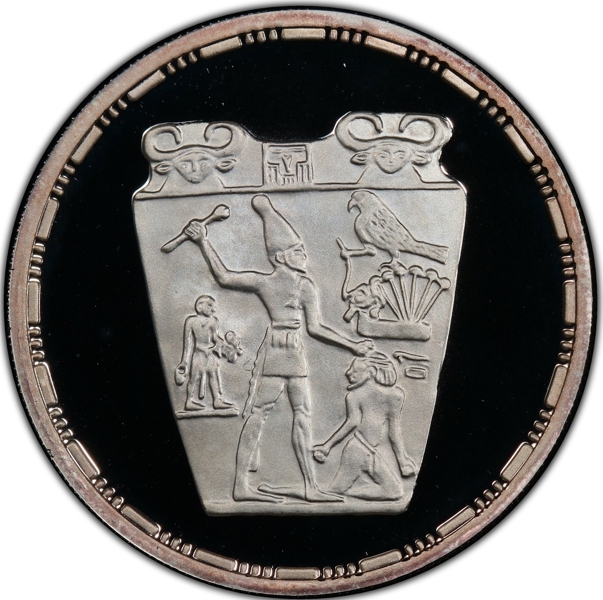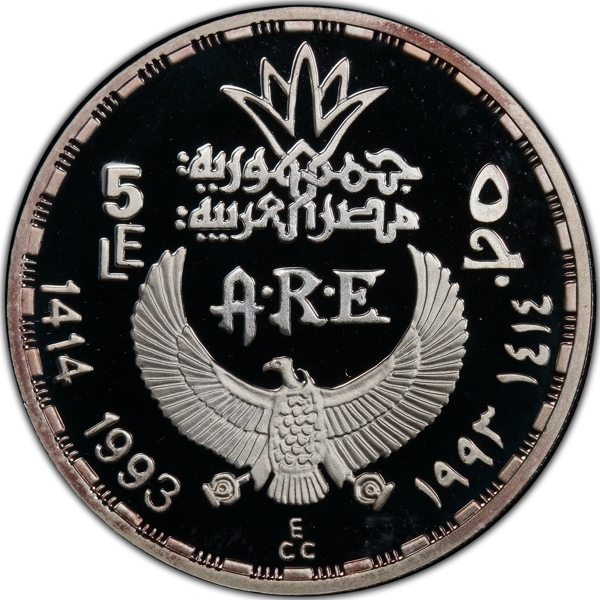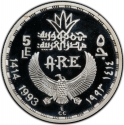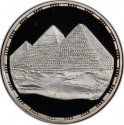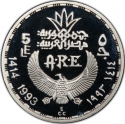You are about to finish your registration. Please check your mailbox (including spam folder). There should be a letter with a confirmation link. Check setting to make sure that your e-mail address is correct.
Send letter againDescription
The Narmer Palette, also known as the Great Hierakonpolis Palette or the Palette of Narmer, is a significant Egyptian archeological find, dating from about the 31st century BC, belonging, at least nominally, to the category of cosmetic palettes. It contains some of the earliest hieroglyphic inscriptions ever found. The tablet is thought by some to depict the unification of Upper and Lower Egypt under the king Narmer. Along with the Scorpion Macehead and the Narmer Maceheads, also found together in the main deposit at Nekhen, the Narmer Palette provides one of the earliest known depictions of an Egyptian king. The Palette shows many of the classic conventions of Ancient Egyptian art, which must already have been formalized by the time of the Palette's creation. The Egyptologist Bob Brier has referred to the Narmer Palette as "the first historical document in the world".
Obverse

|
Depicts the recto side of the Narmer Palette. |
|---|---|
Reverse

|
Stylized state name (Arab Republic of Egypt) divides denomination in Arabic and English and abbreviation of state name (A.R.E.) below, the date in Arabic (Hijri) and Western (Georgian) divides by a vulture with open wings. Engraver's initials (ECC) below. 5 ٥ جمهورية مصر العربية |
| Edge |
5 Pounds
Pharaonic Treasure / Ancient Egyptian Art
Narmer Palette
Subscribe series
KM# 742
Pharaonic Treasure / Ancient Egyptian Art
Narmer Palette
